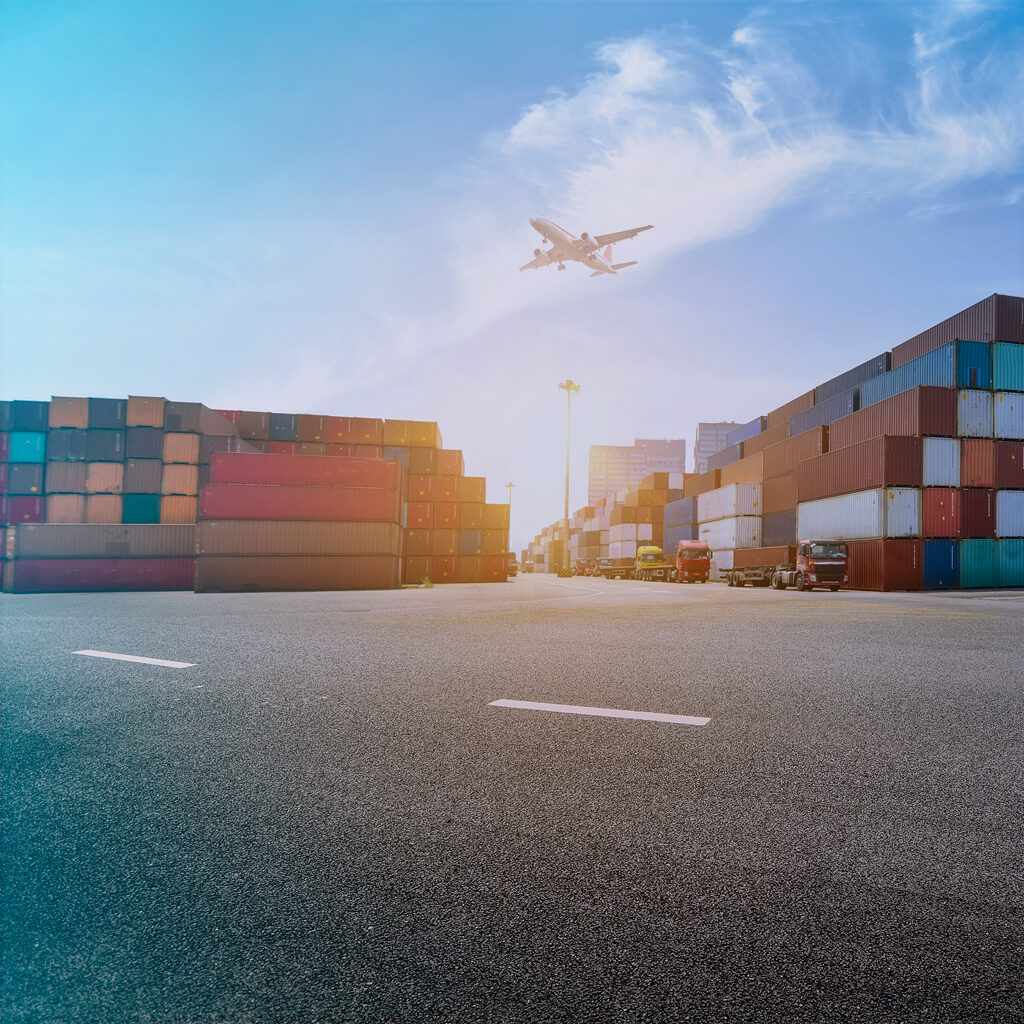In logistics operations, there are a lot of different strategies when we are talking about fast and safe transportation of cargos. Cabotage is one of them, and it has been present in our history for more than a century now.
As logistics operations evolve through the past few years, some “ancient technology” also found its way into the new era and became part of our constant process of taking steps forward. We are talking about Cabotage, one of the many options we have when we’re thinking about fast and safe transportation of the most various types of cargos.
In its essence, Cabotage comes from the French expression caboter , which means “to travel by coast.” Through US history, the first regulation for cabotage was writing in the 19 th century.Signed in the year of 1886, the Passenger Vessel Services Act states that only United States vessels were allowed to transport passengers between ports and places in the country by that banishing foreign vessels, either directly or by way of an international port. Moving forward to the next century, in the year of 1920, we had the Merchant Marine Act, also known as the Jones Act. It determines more significant restriction access to our coast by requiring that any goods transported by water between US ports need to be carried by US flagships, constructed, owned, and crewed by US citizens and permanent residents.
So in an overview, cabotage stands for the transport of goods – or people – by the coast, and it’s restrictions orders are very different from one country to another. The US has one of the nations with the strictest regulation, standing behind only China and Indonesia. Some other nations, like Brazil and Argentina, have less restricted laws that allow both countries to count on foreign ships and work collaboratively among their main ports in a convenient logistics operation of cabotage.
These restrictions are there for many different reasons, and the most important one is related to the economy generated by logistics operations: pricing. Usually, vessels that are coming from outside the country can offer a better price, making it difficult for domestic companies to compete. These lower prices have a lot of different influences, like the lower labor cost, lower fuel prices, and sometimes even lower maintenance and repairs price. There has been a lot of debates over the years about the restrictions, and if they collaborate or hurt the local market, but in the end, they exist in function to protect the supply-demand domestic market.
Cabotage is considered a very effective way of moving cargo inside the country borders if you are prioritizing security and speed. Once it usually is guided by a very organized schedule made by the logistics company encharged in a way that the cargo always gets to its destination on time. It is a precise option when moving loads from one place to another without flooding the road with trucks. Something that may be seen as an evident approach to improve logistics operations it’s actually an operational system that has been around for many years, and that delivers excellent results. And as a logistics operator, we are always looking for better options to offer a satisfactory and effective service to our local – and also global – market.





